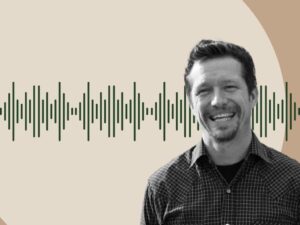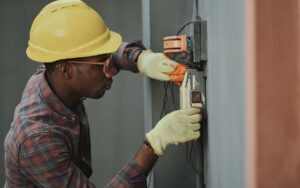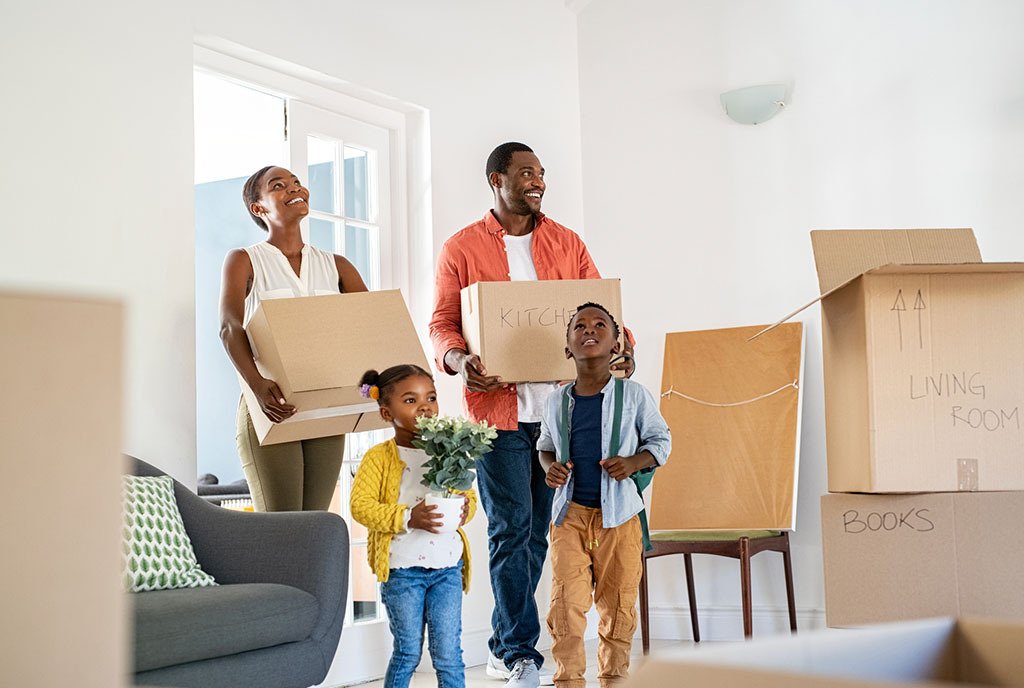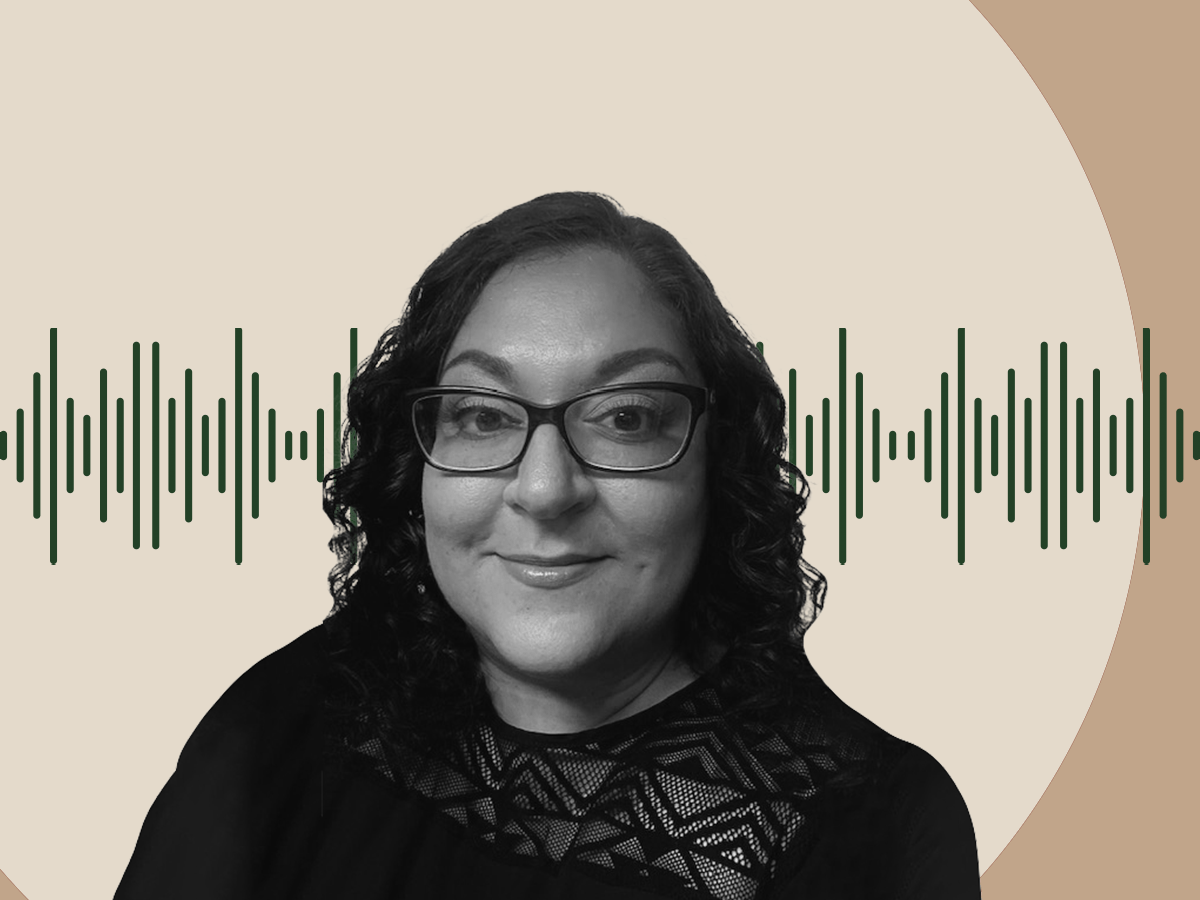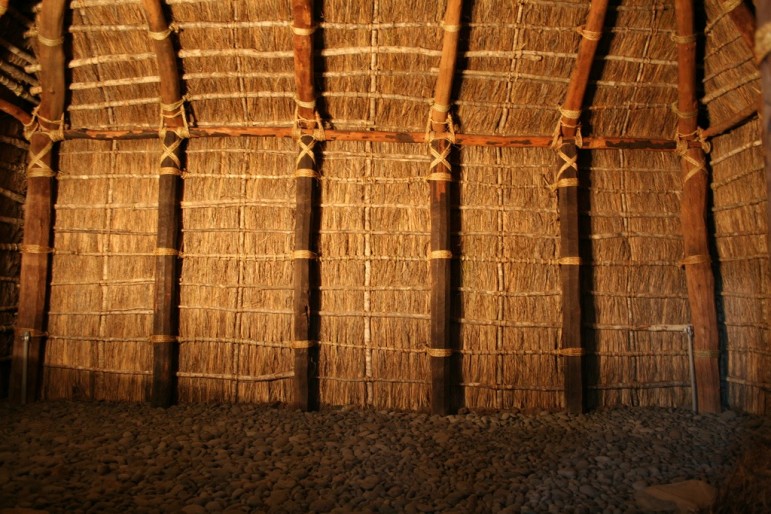
April 13, 2016; Associated Press (ABC News)
Hawaii has the highest rate of homelessness per capita in the nation. When it comes to housing for the homeless, the Hawaiians have been forced to get creative, from yurts, to shipping containers, to piles of straw called hale (pronounced hah-lay).
There’s a movement at work in Hawaii to provide affordable housing through the use of thatched homes made from local trees and plants. Advocates say that the use of hale celebrates local culture while using environmentally sustainable techniques to house people without homes.
Sen. J. Kalani English, who pushed Maui County to adopt its hale building code, envisions updating those standards to a modern interpretation of indigenous Hawaiian architecture. He has stayed in thatched homes in Tahiti and throughout French Polynesia, some with sliding glass windows and air conditioning, he said. “I’ve always envisioned a traditional style structure—indigenous architecture—with Wi-Fi and internet and TV and wall plugs and all of that stuff plugged into it,” English said.
Sign up for our free newsletters
Subscribe to NPQ's newsletters to have our top stories delivered directly to your inbox.
By signing up, you agree to our privacy policy and terms of use, and to receive messages from NPQ and our partners.
English is hoping to encourage more people in Hawaii to be trained in the art of hale building, incorporating indigenous architecture traditions from Samoa, Marshall Islands and other Pacific Islands.
Maui County was the first to include hale in its building code, giving the structures a sense of parity with Western buildings. There is a heightened danger from fire, so some Hawaii counties do not allow cooking, open flames, or electrical items inside. The planning department in Honolulu opposes a bill to exempt hale from other planning and zoning requirements. A bill to ease restrictions on building hale died after critics brought up safety concerns.
On Oahu’s West side, residents living near a homeless encampment on state land envision helping residents build a nonprofit-based village of traditional hale, including modern technology such as solar panels, said Marcus Paaluhi, a member of the Waianae Coast Neighborhood Board.
“Any time that we can find ways to make it easier and cheaper for people to build homes, I think it’s worth supporting,” said State Sen. Maile Shimabukuro, who represents Waianae and co-sponsored the hale bill.—Marian Conway





